![Sons and Lovers [精装]](https://pic.tinynews.org/19518700/5469a5feN2680beec.jpg)

具体描述
内容简介
(Book Jacket Status: Jacketed)Introduction by David Ellis
The struggle for power at the heart of a family in conflict, the mysteries of sexual initiation, and the pain of irretrievable loss are the universal motifs with which D. H. Lawrence fashions one of the world’s most original autobiographical novels.
Gertrude Morel is a refined woman who married beneath her and has come to loathe her brutal, working-class husband. She focuses her passion instead on her two sons, who return her love and despise their father. Trouble begins when Paul Morel, a budding artist, falls in love with a young woman who seems capable of rivaling his mother for possession of his soul. In the ensuing battle, he finds his path to adulthood tragically impeded by the enduring power of his mother’s grasp. Published on the eve of World War I, SONS AND LOVERS confirmed Lawrence’s genius and inaugurated the controversy over his explicit writing about sexuality and human relationships that would follow him to the end of his career.
作者简介
D. H. Lawrence was born on September 11, 1885, in Eastwood, Nottinghamshire, England. His father was a coal miner, his mother a former lace worker and unsuccessful haberdasher. He began school justbefore the age of four, but respiratory illness and a weak constitution forced him to remain home intermittently. Two months before his sixteenth birthday, he went to work as a clerk in a badly ventilated factory
that made medical supplies, and eventually contracted pneumonia. After a long convalescence, he got a job as a student teacher, but privately he resolved to become a poet. He began writing seriously in 1906
and entered University College, Nottingham, to earn his teacher's certificate. Two years later he started teaching elementary school full-time. He published his first poems in the English Review in 1909. When
he contracted pneumonia a second time, he gave up teaching.
His first two novels, The White Peacock and The Trespasser, were published in 1911 and 1912. About three weeks after the publication of The Trespasser, he left England with Frieda Weekley, née von
Richthofen, the German wife of Ernest Weekley, a British linguist who had been his French and German instructor at University College. He wrote the final version of his autobiographical novel Sons and
Lovers (1913) - begun when his mother was dying of cancer in 1910 - during his year-long courtship of Frieda in Germany and Italy. Sons and Lovers was immediately recognized as the first great modern
restatement of the Oedipal drama, but, like most of Lawrence's novels during his lifetime, sold poorly. Lawrence and Frieda married in London in July 1914, immediately after Frieda's divorce became final;
they lived peripatetically and in relative poverty.
They spent World War I in England, a country they both essentially disliked, and endured a series of clumsy surveillance and harassment campaigns by local police because of her nationality (several of her
relatives were diplomats, statesmen, and politicians, and she was a cousin of Manfred von Richthofen, the "Red Baron") and his apparent lack of patriotism (among other charges, The Prussian Officer, a
collection of stories, published in November 1914, several months after Great Britain entered the war, was considered politically and morally offensive by conservative booksellers). Exempt from active service
because of his health, Lawrence wrote The Rainbow and Women in Love. The former was seized and burned by the police for indecency in November 1915, two months after publication; Lawrence was
unable to find a publisher for the latter until six years later. Composition of these two novels coincided with bouts of erratic behavior in Lawrence that bordered on mental instability, sexual confusion and
experimentation that threatened to undermine his marriage, and endless health reversals, including a diagnosis of tuberculosis. Twilight in Italy, a collection of acerbic travel essays believed by some to show a
sympathy for fascism that became more explicit in, for example, his novel The Plumed Serpent (1926), was published in 1916. He recorded the vicissitudes of his marriage in an autobiographical poem cycle,
Look! We Have Come Through (1917).
The Lawrences departed for Europe in late 1919 and spent most of the next two years in Italy and Germany. The Lost Girl, a novel, was published in 1920 and received the James Tait Black Memorial Prize
the following year, which also saw the publication of Movements in European History, a text for schoolchildren; Psychoanalysis and the Unconscious, an anti-Freudian tract; Tortoises, a collection of
poems; Sea and Sardinia, a travel book; and, belatedly, Women in Love. Early in 1922 he and Frieda went around the world by boat. They visited Ceylon, lived in Australia for a month and a half, and in the
summer sailed to America, where they settled in New Mexico. Aaron's Rod, a novel; Fantasia of the Unconscious, a sequel to Psychoanalysis and the Unconscious; and England, My England, a collection
of stories, were published that year. In the spring of 1923, after moving to Mexico, he and Frieda separated temporarily. He toured the western United States and briefly returned to Mexico; she moved to
London. Kangaroo, his novel of Australia, and Birds, Beasts, and Flowers, a collection of poems, were published in the fall. He reunited with Frieda in the winter. They went to New Mexico again in the
spring of 1924; he suffered bouts of influenza, malaria, and typhoid fever the next year. The Lawrences eventually resettled in Italy in 1926.
He began writing his last novel, Lady Chatterley's Lover, in 1926. It was published two years later and banned in England and the United States as pornographic. Lawrence was an avid amateur painter, and a
selection of his paintings - grossly rendered, full-figured representational nudes - was exhibited in London in 1929. The show was raided on July 5 by the police, who removed thirteen of the canvases.
Lawrence coincidentally suffered a violent tubercular hemorrhage in Italy the same day. He went to Bavaria to undergo a cure - it was unsuccessful - and in 1930 entered a sanatorium in Vence, France, where
treatment similarly failed. He died in a villa in Vence on the night of March 2, a half year short of his forty-fifth birthday, and was buried in a local cemetery. His body was eventually disinterred and cremated,
and his ashes transported to Frieda Lawrence's ranch outside Taos, New Mexico. In addition to numerous plays, collections of poetry, and other, lesser-known works published during his lifetime, his novels
The Virgin and the Gypsy and Mr. Noon were published posthumously.
From the Trade Paperback edition.,,
精彩书评
The Modern Library of the World's Best Books"No other writer with his imaginative standing has in our time written books that are so open to life."
-- Alfred Kazin
"There is no novel in english literature which comes so close to the skin of life of working class people, for it records their feelings in their own terms."
-- V. S. Pritchett
用户评价
我花了整整一个周末的时间沉浸在作者对人物内心世界的细腻刻画中,那种笔触的犀利和精准,简直让人拍案叫绝。他似乎有一种魔力,能够将人物那些潜藏在心底最深处、最隐晦的情绪,一丝不苟地剥开来,展现在读者面前。特别是对家庭内部那种复杂而微妙的关系的描摹,简直是教科书级别的。每一个角色都不是扁平化的符号,他们有各自的挣扎、欲望和妥协,你甚至能清晰地感受到他们呼吸的频率和血液流动的热度。那种压抑感,从字里行间渗透出来,让人喘不过气,却又忍不住想要继续往下读,去探寻那些令人心碎的真相。读到某些段落时,我甚至会停下来,合上书本,在脑海中反复咀嚼作者的用词,思考自己是否真正理解了人物此刻的境遇。这种阅读体验是极其消耗精神力的,但回报却是丰厚的,它拓宽了我对人性复杂性的认知边界。
评分这本书的封面设计简直是一场视觉的盛宴,那种厚重的精装质感,拿在手里沉甸甸的,立刻就能感受到它承载的历史感和分量。内页的纸张选择也非常考究,墨色的印刷在米白色的纸面上显得格外清晰,阅读起来既舒适又不伤眼睛。我通常是那种对书籍的“硬件”要求比较高的人,这本书的装帧完全符合我的期待,甚至可以说超出了预期。那种翻阅时纸张轻微摩擦的声音,混合着油墨散发出的淡淡的年代气息,让人仿佛穿越回了那个遥远的时代,感受到出版人对这本书的尊重。装帧的工艺处理得非常细致,书脊的缝线扎实,即便是经常翻阅,也完全不用担心散页的问题。我常常会因为一本装帧精美的书而多出阅读的动力,这本书无疑就是这样一本,它不仅仅是内容的载体,更是一件值得收藏的艺术品。每次将它从书架上取下,都像是在对待一件珍贵的古董,那种触感和视觉上的满足感,是电子阅读器永远无法替代的。
评分这本书带来的思考是持久而深刻的,它不提供简单的答案或心灵鸡汤式的慰藉,而是留下了一连串令人不安却又无法回避的问题。读完后,我花了几天时间整理思绪,它迫使我重新审视自己与原生家庭的关系,审视个体在社会结构和经济压力下的生存状态。书中探讨的阶层固化、梦想与现实的冲突,在今天依然具有强烈的现实意义,这让我意识到,伟大的作品之所以不朽,正是因为它触及了人类经验中那些永恒的母题。这不是一本可以轻松“消费”掉的书,它需要读者付出耐心和共鸣,并愿意与作者一同在精神的荒原上跋涉。每当我回忆起书中的某个场景或某句精辟的议论时,都会获得新的感悟,这是一种缓慢而持续的内在重塑过程。
评分这本书的叙事节奏处理得相当高明,它并非那种一味追求情节跌宕起伏的商业小说,而是更侧重于情感的积累与爆发。初读时可能会觉得有些平缓,但细心体会,就会发现作者在高潮前的铺垫是多么的深思熟虑。就像一条缓缓流淌的河流,表面平静,水面下却暗流涌动,积蓄着巨大的能量。当那些关键性的冲突点到来时,其爆发的力度就显得异常强大和自然,完全不突兀。这种张弛有度的叙事技巧,让读者在不知不觉中被带入情境,完全适应了书中世界的时空观。有时候,作者会故意放慢语速,用大段的景物描写或环境烘托来渲染特定的心境,这种“留白”的处理,反而给了读者巨大的想象空间,让阅读不再是被动接受,而是主动参与构建。
评分从文学史的角度来看,这本书的语言风格无疑是那个时代一个重要的里程碑。它没有过多华丽辞藻的堆砌,但每一个句子都像是经过了铁匠反复锤炼的利器,精准而有力。作者对于日常对话的捕捉能力令人惊叹,那些看似平淡的对话,实则蕴含着巨大的张力,透露出人物间未曾言明的权力斗争和情感隔阂。我尤其欣赏作者对地域性语言和时代特征的把握,那些词汇的选择,一下就把读者拉回到了那个特定的社会背景之中,仿佛能闻到当时工厂里弥漫的煤烟味。这种高度的真实感,使得作品具有了超越一般小说的厚重感和文献价值。它不是在“讲述”一个故事,而是在“重现”一个活生生的时代切片,这对于追求文学深度的读者来说,无疑是极大的享受。
评分before the age of four, but respiratory illness and a weak constitution forced him to remain home intermittently. wo months before his sixteenth birthday, he went to work as a clerk in a badly ventilated factory
评分before the age of four, but respiratory illness and a weak constitution forced him to remain home intermittently. wo months before his sixteenth birthday, he went to work as a clerk in a badly ventilated factory
评分GOOOOOD!!!
评分that made medical supplies, and eventually contracted pneumonia. After a long convalescence, he got a job as a student teacher, but privately he resolved to become a poet. He began writing seriously in 1906
评分不错
评分物流迅速,服务周到,书很好
评分不错
评分and entered University College, Nottingham, to earn his teacher's certificate. wo years later he started teaching elementary school full-time. He published his first poems in the English Review in 1909. When
评分第一次世界大战对许多受过正规教育的欧洲人是一次震动,随之他们的幻想也破灭了。这些欧洲人曾经相信物质的进步等同于文明的发展,并相信这种物质文明已永远消弭了战争的隐患。劳伦斯向来就不赞同这种几乎遍及全球的关于物质文明的信念。他对战争的恐惧,尽管更多出于个人原因,但从政治和社会的角度看,却证实是有预见性的—他认为战争是因循守旧的开端,是对真正的不干涉主义(或自由放任主义)的进攻。这在事实上已成为二十世纪的特征。
相关图书
本站所有内容均为互联网搜索引擎提供的公开搜索信息,本站不存储任何数据与内容,任何内容与数据均与本站无关,如有需要请联系相关搜索引擎包括但不限于百度,google,bing,sogou 等
© 2025 book.idnshop.cc All Rights Reserved. 静思书屋 版权所有

![Olive Kitteridge: Fiction 英文原版 [平装] pdf epub mobi 电子书 下载](https://pic.tinynews.org/19526825/5462b59eNd0229a01.jpg)
![Abra-Ca-Doodle! #4 [06--08] pdf epub mobi 电子书 下载](https://pic.tinynews.org/19618632/570b838eN5c1f9983.jpg)
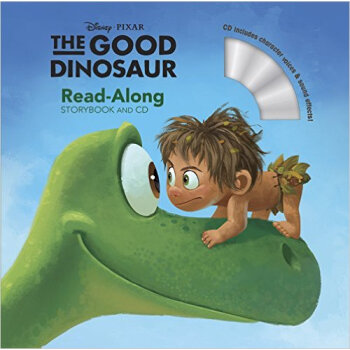

![LMNO Peas [02--05] pdf epub mobi 电子书 下载](https://pic.tinynews.org/19640843/578342ceN73ad0e57.jpg)
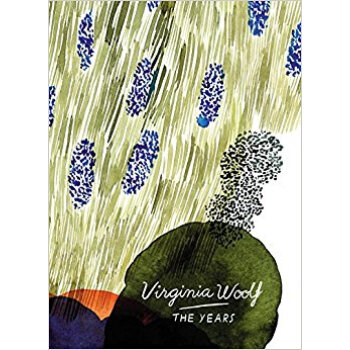
![The Tiger Rising [平装] [10--UP] pdf epub mobi 电子书 下载](https://pic.tinynews.org/19740620/57886e49Ne0b99420.jpg)

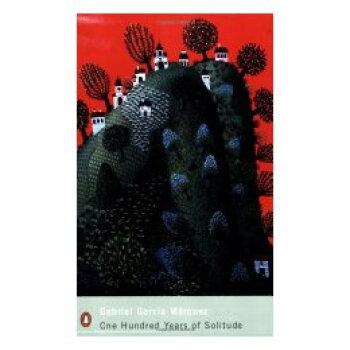

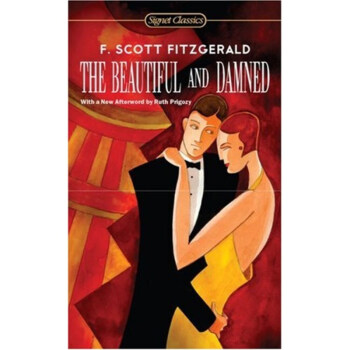


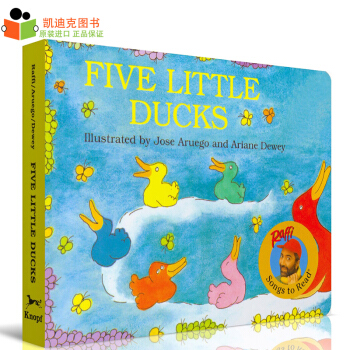

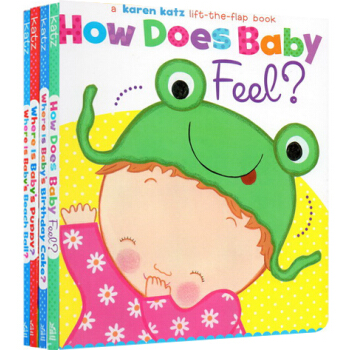

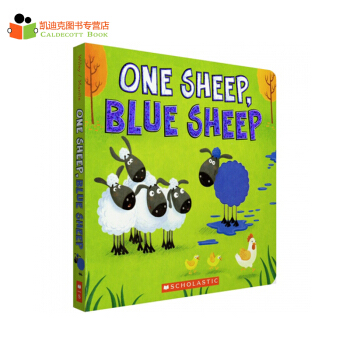

![[现货]米其林指南香港2018 中英双语 MICHELIN Guide Hong Kong pdf epub mobi 电子书 下载](https://pic.tinynews.org/17083123937/5a2640abN7b7bd6d6.jpg)